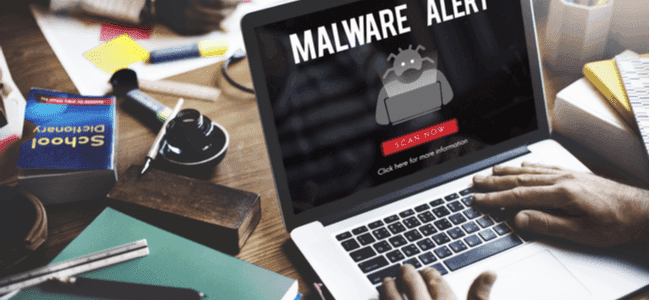Exclusive Tips For Avoiding CryptoLocker Ransomware

CryptoLocker is a well-known piece of malware that can harm your data to the point of you losing it completely. Once the code is run, it encrypts client files and network shares, leading to a charge being paid by every user who wants to access the encrypted files.
Given the victims are asked to pay a ransom for retrieving their data, it is aptly categorized as “ransomware”.
Although it is hard to pin down the exact number, CryptoLocker masterminds have successfully collected millions of dollars in bitcoin and other cryptocurrencies over the years from multiple victims.
Sadly, handling ransomware or any malware attack is a difficult task. The most important step is to prevent any malware from entering your device or network in the first place.
Yet, if that ship has already sailed, keep reading to learn how you can stop attackers from compromising your data and how to recover it.
Prevention Is The Best Policy
The best way to keep your data protected from ransomware and other malware is to use an antivirus solution. You can find a range of products, each offering multiple features for optimal security of your device and data.
How To Keep Safe?
Even if you use an antivirus, it does not guarantee complete protection. Any new ransomware can slide into your device without being detected initially.
In addition to using an antivirus, you should also religiously follow the best practices listed below to keep your device and data safe.
Other than an antivirus, you should also follow the best practices when using the Internet.
Do not click on suspicious emails, especially the attached ZIP files.
Make sure to turn on the device’s built-in security if you are not using an antivirus solution.
Additionally, keep your programs and OS updated regularly and download content from verified sites only to stay safe.
Keep Back-Ups
One of the easiest ways to stay a step ahead of the hackers is to ensure that you backup all of your important data on a cloud or external storage.
You can get auto-backup features with some premium antiviruses, but it does not hurt if you make a habit of backing up the data at regular intervals.
A network or a cloud drive might still be prone to a ransomware attack, but offline storage or a cold backup is 100% secure.
It is a good idea to back up data in multiple places for extra security.
Do Not Download Files From Unknown Sources
Ransomware is mostly transferred to the victim’s device or network using email attachments and bundled downloads from seemingly legitimate organizations.
The zip files in the emails include executable .EXE files disguised as PDFs. Once installed, it encrypts data files with certain extensions of MS Office, OpenDocument, images, even AutoCAD files.
Make it a habit to not download unknown files. You should also double-check before clicking on social media links, blog comments, unsecured websites, and more as these all redirect to spam websites that can automatically download all types of malware, including ransomware on your device.
Use A Reputable AV Software
Download a reputed antivirus. There are a lot of options to choose from depending on your needs and the number of devices. With a premium antivirus, you can get real-time protection from all types of malware and cyberattacks.
You will also gain access to additional security features like end-to-end encryption, advanced firewalls, VPN, password manager, data backups, file shredders, heuristic monitoring, and more.
An antivirus can go a long way in keeping these malicious elements out of your network and device as you will get multi-layered security from all types of cyberthreats, that too, in real-time.
Removing CryptoLocker If An Attack Got Through
If your data has been compromised, and you are being asked for a ransom, make sure to not oblige to the demands. The next thing you should do is try removing the ransomware from the infected device.
It can be difficult to remove ransomware, but it is worth a try.
- Turn Off The Network Connection – Turn on the airplane mode on your device as soon as you realize that you have been compromised.
- Run A Detailed Antivirus Scan – Run a detailed scan to detect and remove any redundant files or infected folders from your device. This will remove the ransomware but the impacted data will still remain encrypted.
- Use Decryption Software – Find the relevant decryption key on websites like No More Ransom and use it to decrypt full or at least a portion of the encrypted files.
Bottom Line
If your device is attacked by ransomware, it can get extremely difficult to regain access to all those files without paying a ransom.
Hence, the best way to prevent this is by staying updated on new threats that lurk on the Internet.
Follow the best practices listed above to keep your data and devices safe.




